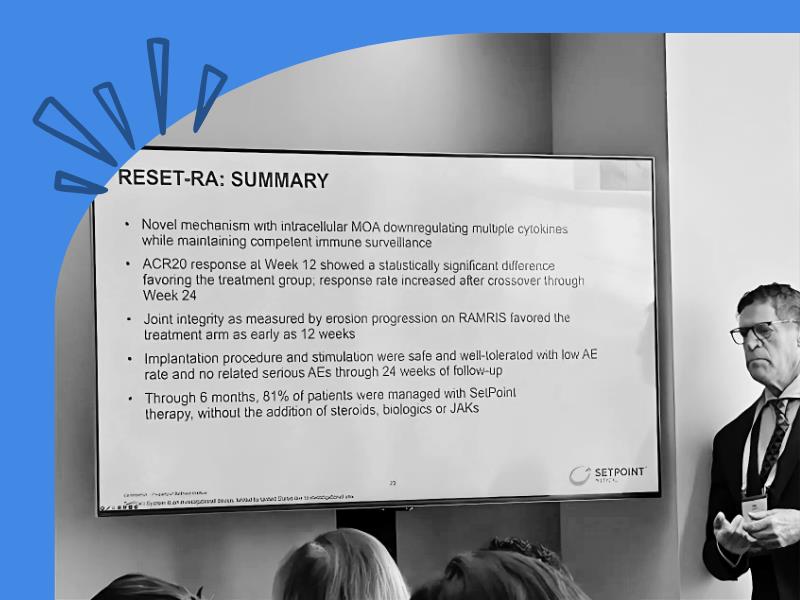Acetaminophen (Tylenol®)
Acetaminophen is sold under the brand name Tylenol® and is typically used to treat pain and reduce fever. It is sold over the counter, but your doctor may also write you a prescription for acetaminophen. It is taken orally. It is generally safe to use for minor fares of pain and typically does not have side effects, though large amounts taken over a long period of time can potentially cause liver damage. The most common side effects, though rare, are rash, nausea, and headache.
Acetaminophen belongs to a class of drugs called analgesics (pain relievers) and antipyretics (fever reducers). The exact mechanism of action of acetaminophen is not known. It may reduce the brains’ production of prostaglandins, which are chemicals that cause inflammation and swelling. Acetaminophen relieves pain by elevating the pain threshold, meaning it requires a greater amount of pain to develop before a person feels it. It reduces fever by acting on the heat-regulating center of the brain, causing the center to lower your body’s temperature.
The dose for adults is 325 mg every 4 hours or 500 mg every 8 hours when using immediate release formulations. The dose for extended release caplets is 1300 mg every 8 hours.
In 2014 the Food and Drug Administration (FDA) began asking doctors to stop prescribing combination medications that contain more than 325 milligrams of acetaminophen per pill because of concerns about liver damage. The move was one of a series of actions the FDA took to limit high-dose use of the drug. The FDA also asked drug makers to stop producing combination prescription medications with more than 325 milligrams of acetaminophen (which typically contain acetaminophen plus an opioid painkiller such as codeine).
The greatest risk for severe liver injury happens when people take more than the prescribed dose of acetaminophen, take more than one acetaminophen-containing product at the same time, or drink alcohol while taking acetaminophen. Severe liver injury can lead to liver failure, liver transplant, and death.
Why am I taking acetaminophen?
You may need to take acetaminophen for joint pain or stiffness from time to time. Or, your rheumatologist may prescribe a stronger dose of acetaminophen for your pain if needed. You may not have to take acetaminophen long term. You may just need to take it on days when your pain feels worse than normal. If you overdo physical activity on certain days and ache afterward, acetaminophen may be helpful for relieving your short-term pain.
Since taking acetaminophen regularly for pain can rarely cause side effects, particularly at higher doses, talk to your doctor about the best way to ease your pain.
Even OTC pills can have serious side effects, especially if you take them often. Talk to your doctor about your options for managing your pain. Also, make sure your doctor knows everything you are taking for your pain, even OTC drugs or supplements.
What are the possible side effects of acetaminophen?
Acetaminophen is generally very safe depending on your age and other illnesses that might affect whether you can take acetaminophen. If you have any type of liver problems, take other medications that can damage the liver, or drink three or more alcoholic drinks per day, you may not be able to take even OTC acetaminophen or must be followed very closely by your doctor.
The most common side effects of acetaminophen are rash, nausea and headache. If you notice any of these symptoms, get medical care right away:
- Swelling of the face, mouth, and throat
- Difficulty breathing
- Itching or rash
- Nausea, vomiting, loss of appetite, or severe stomach pain
- Trouble passing urine or change in the amount of urine
- Light-headedness, sweating, fainting, or weakness
- Unusual bruising or bleeding
- Yellowing of the skin or whites of your eyes
Symptoms of liver damage include:
- Yellowing of your skin or the whites of your eyes (jaundice)
- Pain in the upper right area of your abdomen
- Nausea or vomiting
- Loss of appetite
- Fatigue
- Sweating more than usual
- Pale skin
- Unusual bruising or bleeding
- Dark or tea-colored urine
- Dark, tarry stools
Let your doctor know if you have unpleasant side effects like nausea or headache. Don’t “grin and bear it.” Your rheumatologist may be able to lower your dose or suggest another medicine for your pain. Don’t try to treat severe side effects on your own. Though rare, some people are allergic to acetaminophen. Call your doctor immediately if you notice any signs of an allergic reaction including difficulty breathing or swallowing, hives, severe itching or swelling of the throat, face, lips or tongue.
Liver damage is not likely if you take acetaminophen at the recommended dose. However, liver damage can occur if you take too much. If your doctor suspects liver damage, he or she can order blood tests that check the health of your liver.
What can I do to help prevent or ease side effects of acetaminophen?
Adults should not take more than 3 grams (3,000 mg) of acetaminophen in a 24-hour period to help prevent liver damage. Acetaminophen overuse is more common than people think, because acetaminophen is a common ingredient in many different OTC drugs such as cough and cold medications or certain sleep aids that also control pain. Keep track of how much acetaminophen you take in one day to lower your risk of overuse.
Some simple ways you may ease side effects of acetaminophen include:
- Take the lowest possible dose you need to manage your pain.
- Take note of other sources of acetaminophen you may be taking, such as OTC cough and cold medicines.
- Take your medicine with food, such as your normal meals or a snack. It should be noted that taking acetaminophen with food will not lower your risk of liver damage.
- If you are also taking an NSAID, discuss with your doctor the synergistic effect of acetaminophen with NSAIDs to allow the minimum NSAID dose possible.





